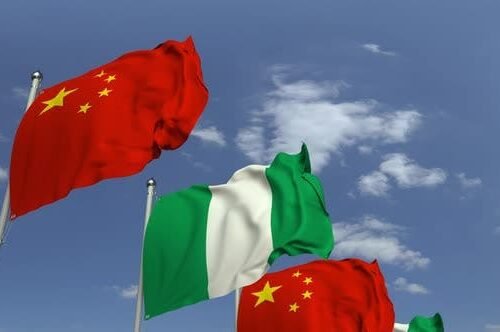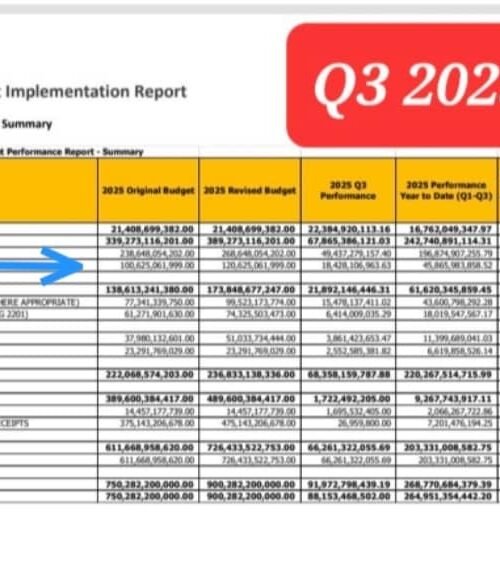The Dollar, Yuan, and Naira: A Triangular Guide to Business, East of the Niger
I. Currency Dynamics in Nigeria’s Eastern Corridor
The Nigerian Naira (NGN) operates under extreme volatility, heavily influenced by oil prices where petroleum constitutes 40% of Nigeria’s GDP. The U.S. Dollar (USD) dominates transactions while the Chinese Yuan (CNY) is critical for machinery, textiles, and electronics sourcing. Key challenges include NGN-USD Volatility where the Naira faces bearish pressure with critical levels at ₦1,562.50/USD (resistance) and ₦1,327.50/USD (support). Aba importers rely on unofficial channels with rates 20-40% higher than official quotes due to dollar scarcity. Direct CNY-NGN conversions remain rare, with most transactions involving USD intermediaries that amplify exchange risks for Chinese imports.
Naira Exchange Dynamics in 2025: An In-Depth Analysis

The Nigerian naira has experienced significant fluctuations in recent times, making it essential to examine the current exchange dynamics. This essay will delve into the naira’s performance against the US dollar (NGN/USD) and the Chinese yuan (NGN/CNY), highlighting key resistances, supports, and trends.

NGN/USD Exchange Dynamics
The NGN/USD currency pair has witnessed a decline of 1.88% over the past 90 days, with a key resistance level at ₦1,562.50 and a key support level at ₦1,327.50.¹ This decline can be attributed to various factors, including the increasing demand for the US dollar and the Central Bank of Nigeria’s (CBN) efforts to manage the foreign exchange market.
NGN/CNY Exchange Dynamics
The NGN/CNY currency pair has also experienced a decline of 2.10% over the past 90 days, with a key resistance level at ₦215.20 and a key support level at ₦183.90. This decline may be linked to China’s economic slowdown and the resulting decrease in demand for the naira.
Factors Influencing Naira Exchange Dynamics
Several factors contribute to the fluctuations in the naira’s value, including:
- Foreign Exchange Market Reforms: The CBN’s efforts to liberalize the foreign exchange market and increase liquidity have impacted the naira’s value.²
- Global Economic Trends: The performance of the global economy, particularly in countries like China and the US, influences the demand for the naira.³
- Domestic Economic Factors: Nigeria’s economic indicators, such as inflation and GDP growth, also impact the naira’s exchange rate.
Projections and Forecasts
Analysts predict a gentle depreciation of the naira in 2025, with some forecasts indicating a potential decline of 11.7% to ₦1,750 per US dollar. However, others project a more optimistic scenario, with the naira appreciating to ₦1,300 per US dollar.⁴
In conclusion, the naira exchange dynamics in 2025 are influenced by a complex array of factors, including foreign exchange market reforms, global economic trends, and domestic economic indicators. As the global economy continues to evolve, it is essential to closely monitor these factors to anticipate potential fluctuations in the naira’s value.
II. Aba’s Import Ecosystem: Survival Tactics
Aba, Nigeria’s manufacturing hub, sees importers innovating through transfer swaps that link importers of Chinese textiles with Nigerian agricultural exporters, funding imports without formal FX conversion. Near Ariaria Market, vendors create currency cocktails blending USD, CNY, and eNaira, as one trader notes: “Mama Ngozi converts Yuan to Dollars via crypto if banks reject it.” Competitors reduce costs by 30-50% through container pooling of shipments from China.
III. Street-Sourced Survival Strategies
A. Currency Management
- Dynamic Conversions: Convert only 40-50% of funds upfront, reserving capital for rate dips below ₦183.90/CNY.
- eNaira Bridges: Execute USD→eNaira micro-conversions to bypass bank delays during volatility.
- Yuan-Dollar-Naira Layering:
- NGN→USD via licensed bureaus
- USD→CNY via offshore accounts
- Settle via WorldRemit to reduce fees
B. Cost Mitigation
Auto parts traders establish CNY-denominated value chains through goods-for-repairs exchanges. Importers hedge inflation by pricing goods in USD-equivalent values, adjusted daily via parallel market rates.
The Resourceful Spirit of Aba Importers: Leveraging Street Innovations for Survival
In the bustling city of Aba, importers have developed a unique set of strategies to navigate the complex and often unpredictable landscape of international trade. Despite facing numerous challenges, these entrepreneurs have demonstrated remarkable resilience and ingenuity, leveraging “street innovations” to stay ahead of the curve.
One of the most significant hurdles Aba importers face is dollar scarcity. To mitigate this challenge, they have devised a clever solution: transfer swaps. By swapping transfers, importers can reduce their foreign exchange (FX) costs by a staggering 50%. This street innovation enables them to conserve precious resources, ensuring the sustainability of their businesses.
Another obstacle Aba importers encounter is the high cost of frequent imports. To address this, they have pioneered container pooling, a strategy that yields a remarkable 40% reduction in shipping costs. By sharing containers with fellow importers, they can split the costs, making imports more affordable and efficient.
The volatility of currency swings also poses a significant threat to Aba importers. To stay ahead of the curve, they have developed a system of WhatsApp rate alerts. This simple yet effective innovation enables them to monitor currency fluctuations in real-time, allowing them to make more informed decisions and timing their transactions to maximize gains. This street innovation yields a notable 15% improvement in timing, giving importers a critical edge in the market.
The Aba importer’s survival toolkit is a testament to the power of human ingenuity and resilience. In the face of adversity, these entrepreneurs have developed creative solutions that not only ensure their survival but also enable them to thrive. As we reflect on these street innovations, we are reminded that even in the most challenging environments, there lies a deep well of resourcefulness and determination.
The lessons from Aba importers extend far beyond the realm of international trade. They offer a powerful reminder that innovation can arise from the most unexpected places, and that even in the face of adversity, human ingenuity can prevail. As we seek to build more resilient and adaptable economies, we would do well to draw inspiration from the resourceful spirit of Aba in Abia State
IV. Triangular Trade Navigation
- Dollar Acquisition: Source USD through licensed bureaus (avoiding airports), withdraw via ATMs selecting “Charge in Naira” to avoid fees, and monitor USD/NGN levels: bullish above ₦1,327.50, bearish below ₦1,562.50.
- Yuan Sourcing: Hedge with East Caribbean Dollars (XCD) during Naira rallies (1 NGN = 0.00170 XCD) and use WorldRemit for real-time CNY rates.
- Naira Defense: Shift 50% reserves to machinery/gold during inflation spikes and leverage eNaira for instant supplier payments during currency freezes.
V. Future Trajectory
The Naira remains pressured by oil volatility and inflation. Aba adapts through currency diversification reducing USD reliance via Yuan and Euros, tech integration using apps for real-time alerts, and policy advocacy for expanded FX liquidity.
“When Central Bank rates suffocate us, we trade under Ariaria’s Central Tree—where currency grows new roots.”
– Textile Importer, Aba
Aba’s ingenuity proves survival hinges on organizational resilience beyond official rates.
Dr Chukwuemeka Ifegwu Eke writes the University of Abuja Nigeria.







